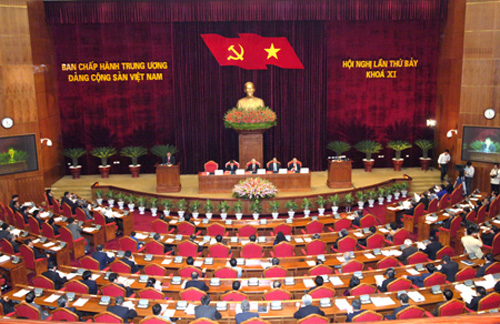Nation addresses climate change, natural resource, environment issues
VGP – At the end of its 7th session, the 11th Party Central Committee approved a resolution on responding to climate change, managing natural resources and protecting the environment.
 |
Besides, it expects to reach the current environmental standards of developed industrial countries in the region by 2050.
In coping with climate change, Viet Nam will focus on improving the forecast capacity, enhancing the climate change monitoring capacity of relevant agencies, improving public awareness on actively preventing natural disasters and adapting to climate change, as well as reducing human and property losses caused by natural disasters.
The country has set to be active in preventing and mitigating the effects of tides, flood and salinity stemmed from sea level rise in localities lying along the coastal regions, particularly Ho Chi Minh City, Can Tho city, Ca Mau province, the Mekong Delta, the Red River Delta, the central coastal region and other coastal cities.
To manage natural resources, Viet Nam will prevent the reduction of water and forest resources, ensure a balance in land resources for socio-economic development, improve the efficiency of land use, while exploiting the ecology, landscape and biological resources in an effective and sustainable manner, and minimising raw mineral exports.
The country will adjust its energy structure towards increasing the proportion of renewable energy and new energy.
To protect the environment, 70% of sewage will be treated before pouring into river basins and 85% of hazardous waste and 100% of medical waste will be handled, while 65% of waste will be recycled.
The country aims at supplying safe water for 95% of urban residents and 90% of rural population, controlling and addressing environmental pollution, and improving air quality in urban and densely populated areas.
The country will strive to terminate natural forest overexploitation, expand the area of natural reserves to over three million ha, as well as increase forest coverage to 45%.
By Ngoc Van

